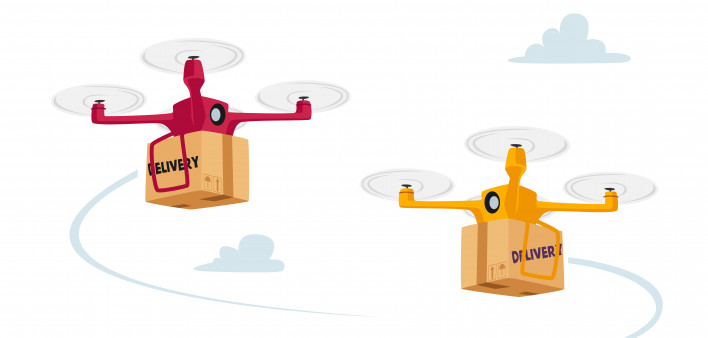Could drones play a role in getting HIV care to people in hard-to-reach areas? Some experts think so. At the 24th International AIDS Conference, two teams presented research testing drone technology in Africa. This approach might also help provide care for rural and Indigenous communities in the United States.
In Uganda, researchers found that it was feasible to use drones to deliver antiretroviral treatment to people with HIV in the remote Kalangala District, a collection of dozens of islands scattered across Lake Victoria. The area has the highest HIV prevalence in the country, at 27%, but half of HIV-positive people miss out on care, in part because of the difficulty of delivery and nomadic fisher lifestyles.
Rosalind Parkes-Ratanshi, MD, PhD, of the Academy for Health Innovation in Kampala, and colleagues developed five drone routes to deliver medication to 17 community groups, serving a total of 99 people. The drones are a lot faster, taking nine minutes for a delivery versus 35 minutes by boat.
Another group led by Maxime Inghels, PhD, MPH, of the University of Lincoln’s International Institute for Rural Health, used drones to deliver blood samples for HIV testing of newborn babies in Conakry, the capital of Guinea, where extreme traffic can lead to delivery delays and ruined blood samples. Faster testing leads to more infants with HIV getting treatment in a timely fashion, thereby saving lives. The researchers estimated that drone delivery could add 24 years to life expectancy compared with motorcycle delivery.
Trial drone deliveries of medications for conditions other than HIV have taken place across the United States and Canada. These include efforts by pharmacy start-ups, such as Zipline and Wing, a sister company of Google. If successful, drones could potentially help Native Americans and Alaska Natives living with HIV access care and improve their health outcomes.







Comments
Comments